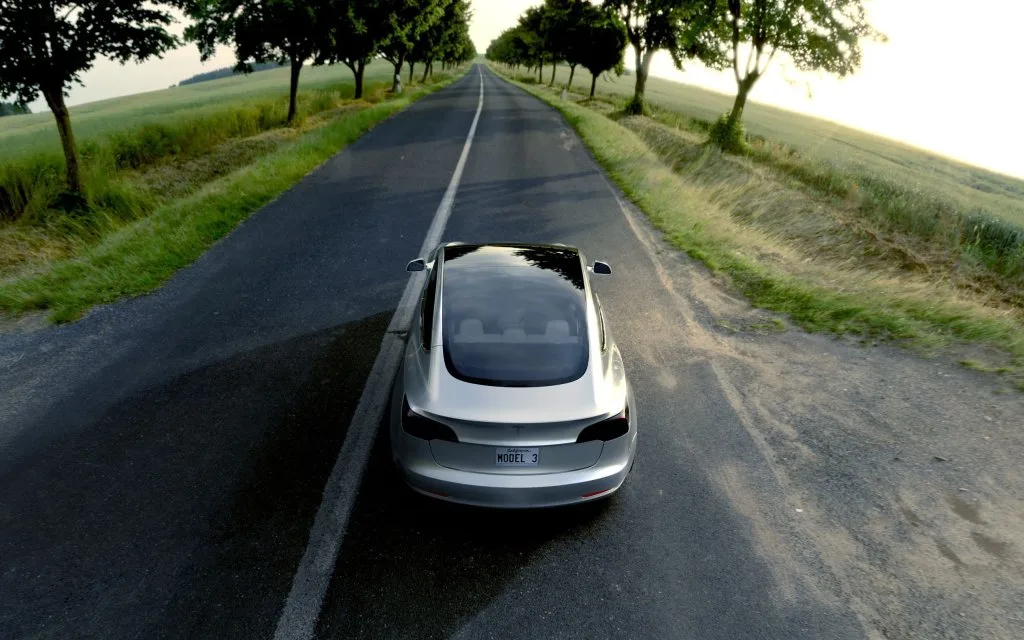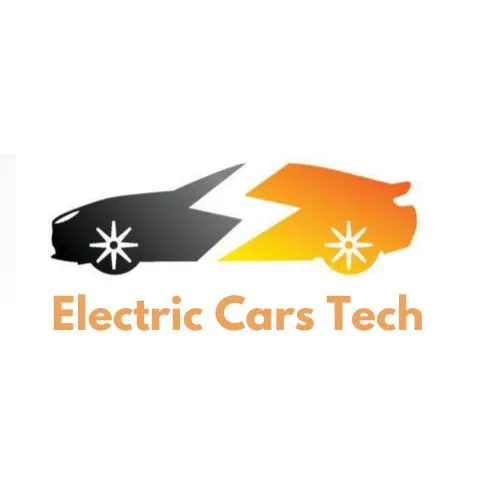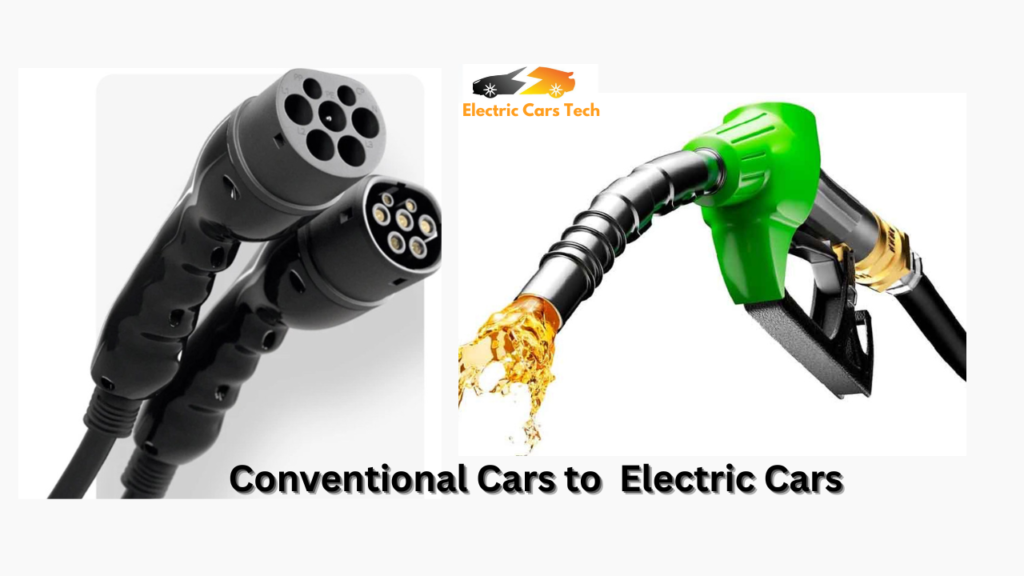Many people are considering the prospect of converting their traditional Gas-powered cars into electric vehicles as the globe continues to move towards cleaner and more sustainable modes of transportation (EVs). Even while it is technically possible to convert a gas-powered vehicle to run on electricity, there are a number of things to take into account before starting such a project.
Cost of Conversion
The cost of conversion is one of the primary factors for drivers who are interested in converting a gas-powered car to an electric vehicle (EV). While it is feasible to transform a conventional vehicle into an electric vehicle, doing so can be expensive and time-consuming.
Depending on the brand, model, and degree of customization needed for the vehicle, the cost of conversion might vary greatly. In average, it can cost anywhere from a few thousand dollars to tens of thousands of dollars to convert a gas-powered car to an EV.
The cost of the electric motor, batteries, charging system, and other necessary components are the main expenses related to converting an automobile to an EV. These expenses can soon mount up, especially if the car has a specially made motor and battery pack.
There are secondary charges to take into account in addition to the direct costs of the conversion itself. The suspension, brakes, and other components may need to be changed in order to accommodate the added weight of the batteries and electric motor, for instance, when converting an automobile to an EV. The conversion procedure may incur additional charges as a result of these alterations.
It’s crucial to weigh the cost of conversion against the price of a brand-new or pre-owned EV. In many situations, buying a new or used EV could be more economical than having an existing car converted.
Conversion may, however, be the more cost-effective choice in some circumstances. For instance, converting an existing high-value, low-mileage vehicle to an EV might be less expensive than buying a new vehicle for a driver who wants to maintain the vehicle for a few more years.
Ultimately, it might be expensive to convert a gas-powered vehicle to an electric one. Consider the expenses and benefits carefully before starting a conversion project to be sure it is the best option for your vehicle and your requirements.

Technical Expertise and Knowledge Required
When converting a gas-powered car to an electric vehicle (EV), the amount of technical expertise and knowledge needed is another crucial aspect to take into account. It takes extensive knowledge of electrical systems, automotive engineering, and safety regulations to convert a car to an EV.
The fundamentals of electrical engineering, such as wiring, voltage, current, and power, must first be thoroughly understood. It can be challenging to properly install and connect the electric motor, batteries, and other components without this base.
A full understanding of automotive engineering fundamentals, such as weight distribution, suspension, brakes, and steering, is essential in addition to the electrical expertise needed. To keep the car stable and safe, these factors must be taken into account when developing and installing the electric motor and battery system.
The requirement to adhere to safety norms and standards is another important factor. When a car is converted to an EV, it must adhere to local and federal standards to guarantee that it is safe and roadworthy. Electrical systems can be harmful if not fitted and wired properly. This may involve accreditation from governmental bodies and independent businesses that focus on EV conversions.
It is advised that drivers engage with a competent expert with EV conversion experience due to the intricacy of the conversion process. Without the necessary knowledge and experience, attempting to convert a car to an EV can lead to major safety risks as well as expensive errors that can harm the automobile and its components.
Also Read: Charging Infrastructure in the US: Challenges and Opportunities
Furthermore, it is crucial to understand that there is no one-size-fits-all method for converting a car to an EV. Since every car is different, the conversion procedure must be customized for the particular make and model of the car. This calls for a thorough understanding of the internal workings of the vehicle as well as the ability to modify those systems to meet the demands of the EV conversion.
Finding the Right Components
Several of the fuel-powered car’s components must be swapped out for electric equivalents in order to convert the vehicle to an electric vehicle (EV). One of the most important conversion steps is choosing the appropriate components.
The engine, gasoline tank, and exhaust system are the key parts that require replacement. An electric motor, batteries, and a charging system take their place. Transmission, clutch, and cooling system replacement are some other parts that can be required.
It’s critical to take the original vehicle’s characteristics and the intended performance of the EV into account when looking for components. The vehicle’s weight and power requirements should be taken into account while choosing the electric motor and batteries. The batteries should work with the charging system, and it should be able to achieve the desired charging pace.
The components’ dependability and quality are another crucial factor. It’s crucial to get parts from reliable suppliers and confirm that they adhere to performance and safety requirements.
It could be necessary to modify the car’s body and chassis in addition to buying additional parts to make room for them. To make room for the batteries and electric engine, it might be necessary to remove the fuel tank and exhaust system.
Finding the appropriate parts is a crucial step in converting a gas car to an electric one. A successful conversion can be ensured by carefully taking into account the specifications and performance requirements as well as the calibre and dependability of the components.
Legal and Regulatory Issues
Making sure the modified vehicle complies with safety and pollution rules is one of the primary issues. Vehicle performance and safety are governed by laws in many nations, including requirements for automobile emissions. To be permitted to drive on public roads, the converted EV must abide by certain rules.
There can be particular laws that apply to EV conversions in some nations. For instance, the Environmental Protection Agency (EPA) in the US mandates that converted vehicles pass a certification process and adhere to specific emissions requirements. Fines or other legal repercussions may apply if these regulations are broken.
Insurance is another thing to take into account. The insurance coverage of an automobile may change if it is converted to an electric vehicle. It’s crucial to confirm with your insurance company that the converted vehicle is covered by your policy and to learn about any potential changes in coverage or prices.
Finally, it’s crucial to think about the legal ramifications of automotive modifications. In some places, modifying a car could nullify the guarantee provided by the manufacturer or lower the car’s resale value. Before beginning the project, it is crucial to research the conversion’s legal ramifications.
Benefits of Conversion to Electric car
There are several advantages to converting a gas-powered car into an electric vehicle (EV), including:
Benefits for the environment: Since electric vehicles (EVs) don’t emit any emissions while you’re driving, you can travel with less of an influence on the environment. You may lessen greenhouse gas emissions, enhance air quality, and battle climate change by converting a fuel-powered vehicle to an electric one.
Savings: Compared to conventional fuel-powered cars, electric vehicles are typically less expensive to operate and repair. Because they have fewer moving components and don’t need oil changes or tune-ups, EVs require less maintenance. Moreover, electricity frequently costs less than gasoline or diesel, which over time can yield considerable savings.
Better performance: Compared to gasoline engines, electric motors give quicker power and smoother acceleration, which can make driving more pleasurable. Regenerative braking is another feature of EVs that enables them to collect energy while braking and increase their range.
Energy independence is increased by converting a vehicle to an electric vehicle (EV), which lessens dependency on fossil fuels. A clean, renewable energy source can be used to power an EV because renewable energy sources like solar and wind are becoming more widely available.
Longer lifespan: Compared to gasoline engines, electric motors are often more durable and require less maintenance. By converting an automobile to an EV, you might increase the vehicle’s lifespan and lessen the need for pricey engine replacements or maintenance.
Overall, changing a gas-powered vehicle to an electric vehicle can have a number of advantages, including better performance, cost savings, increased energy independence, and longer lifespan.
Conclusion
A fuel-powered vehicle (FV) conversion into an electric vehicle (EV) can have a number of advantages, including greater performance, cost savings, increased energy independence, and longer lifespan. Finding the appropriate components, handling legal and regulatory concerns, and carefully taking into account the technical aspects of the conversion are all part of the conversion process.
It’s crucial to investigate and comprehend the conversion process, including the expenses and potential difficulties, before starting a project. To guarantee that the conversion is completed safely and properly, it may be required to work with a certified mechanic or electrician because the technical components of the conversion can be complicated.
Ultimately, changing a car to an electric vehicle may be a gratifying and sustainable effort. You can improve the environment and lower carbon emissions by boosting clean energy and lowering dependency on fossil fuels. To achieve a successful undertaking, it’s crucial to approach the conversion procedure with caution and deliberation.

ElectricCarsTech is a dedicated blogger with a passion for electric vehicles (EVs). Committed to bringing the latest trends, updates, and insights from the EV world, this blog serves as a hub for enthusiasts and curious minds alike. Stay charged with ElectricCarsTech and drive into the future of mobility with us.

